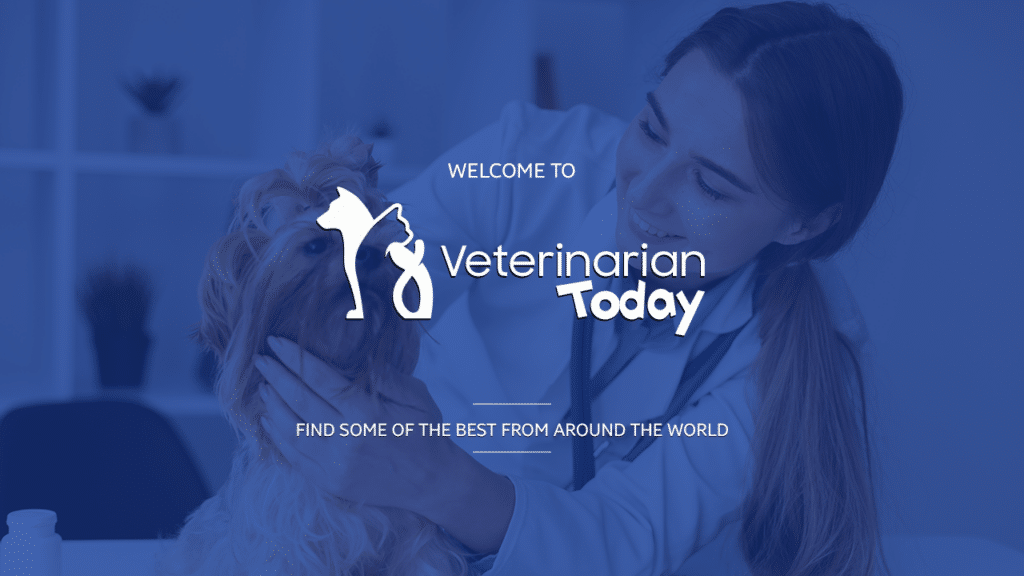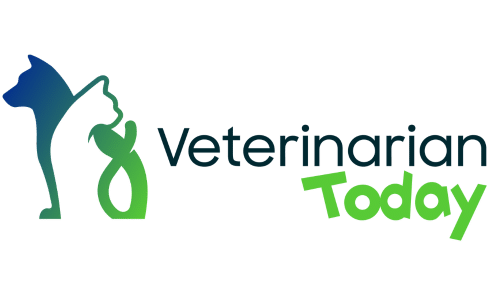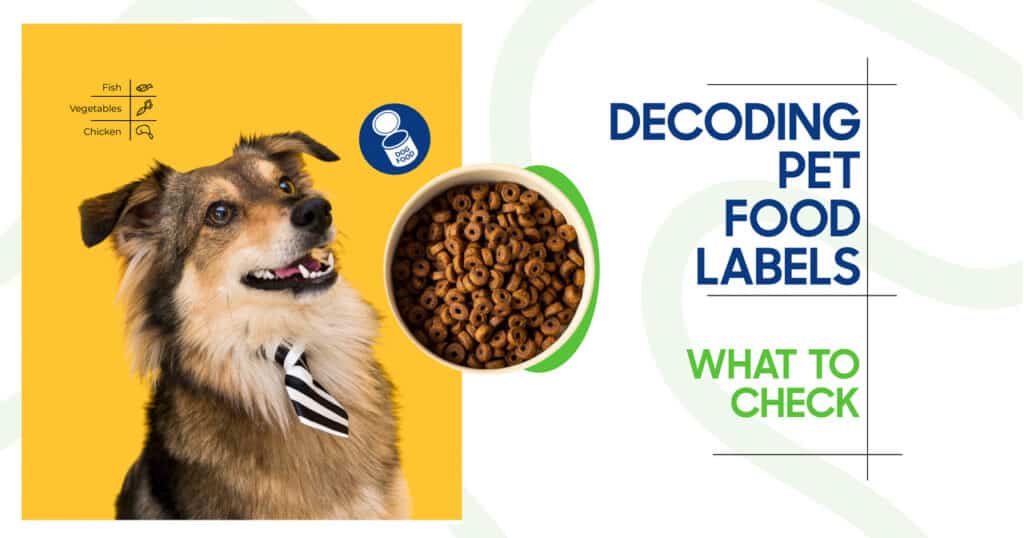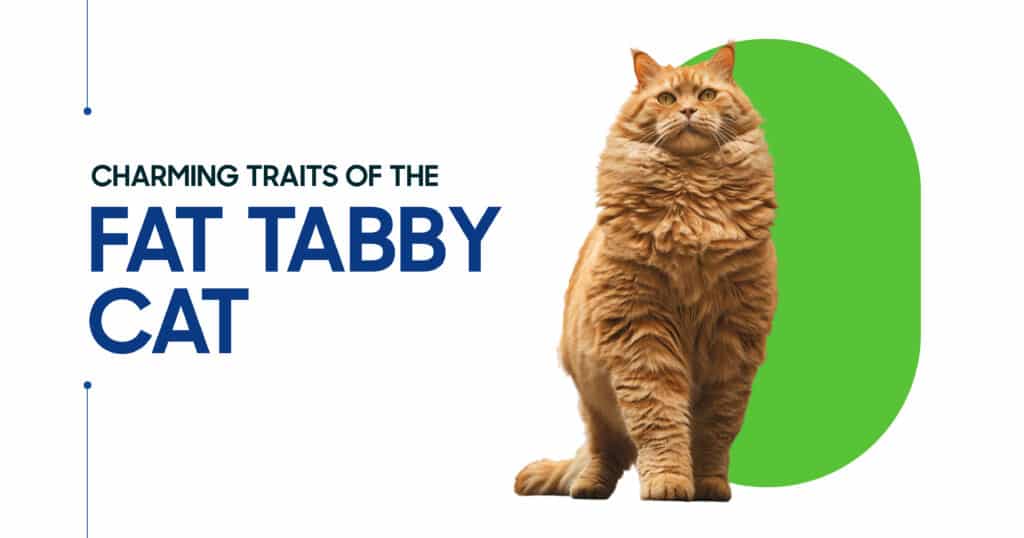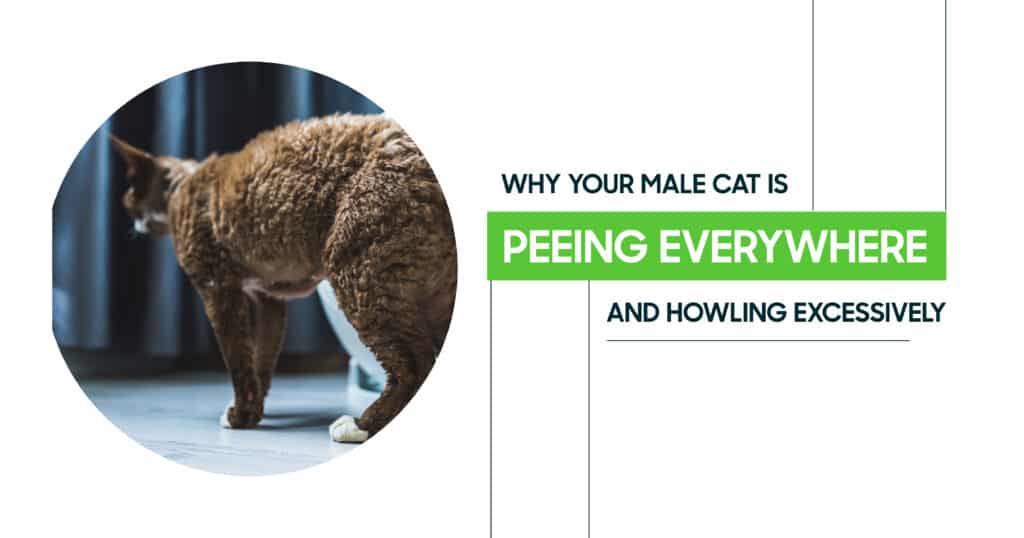Let’s face it: understanding pet food labels is not exactly for the faint of heart. As owners, we all desire to give our furry friends nothing but the best, which can be pretty intimidating with the pet food ingredient lists and scientific-sounding terms. Worry no more! This guide is meant to crack the code of those pet food labels so you can make good decisions for your pets. We also explore how private-label pet food manufacturers in the USA are revolutionizing the pet food industry through innovative, transparent solutions.
What Is the Difference Between Complementary and Complete?
If you’ve ever stared at a label wondering, “What does complementary even mean?” you’re not alone. Here’s the deal:
| Complementary Foods | Complementary foods, on the other hand, are like side dishes for the pet. They’re good and fun but cannot meet all of your pet’s nutritional needs. Think of these as treats or meal toppers. |
| Complete Foods | A complete food forms a complete pack. They meet all the needs of your pet just in one serving. |
The good news is that many private label pet food manufacturers in the USA make these differences fairly clear. Look for either of these on the label, “complete meal” or “complementary topper.”
The Order of Ingredients on Labels
Complementary foods in the USA follow strict rules, meaning their ingredient lists are transparent and trustworthy.
How to Decode Pet Food Labels: A Guide for Pet Owners
Choosing the right food for your pet can be challenging, especially with so many options available on the market. One of the best ways to make an informed decision is by carefully analyzing pet food labels.
How Much Meat Is in My Pet’s Food?
Let’s get down to the meaty details! Here’s how to decipher the percentages:
- Fresh Meat. Excellent for flavor but contains water, so its nutritional punch may be smaller than expected.
- Meat Meal. It is a protein powerhouse. Concentrated and moisture-free, it is a first choice.
- Dried Meat. Similar to a meat meal, this provides high quality protein with little processing involved.
When ordering from private label pet food manufacturing companies, you most likely have clear percentages and sincere ingredient names. This way, you may make choices for your pet correctly without any second-guessing involved.
Working Out the Carb Content
Here’s a little trick, most pet food labels don’t list carbohydrates directly, but you can get an estimate! Subtract the listed percentages of protein, fat, fiber, moisture, and ash from 100.
For pets with special needs, like those managing diabetes or obesity, monitoring carbs is critical. Many private label pet food manufacturers in the USA now offer low-carb options, such as grain-free or high-protein recipes, perfect for your pet’s unique health requirements.
What Does “Crude” Mean?
Crude does not imply that your pet food is rude or unpolished. It simply describes the method of analysis. Let’s break it down:
- Crude Protein. All proteins, irrespective of their digestibility value.
- Crude Fat. This measures the total fat required for energy.
- Crude Fiber. It measures fiber content, which is important for digestion.
In technical terms, the quality standards of private-label pet food manufacturers are high, this is guaranteed to ensure your pet receives the best nutrition.
Is There Really “Ash” in My Pet’s Food?
Yes, but it doesn’t sound that strange. Ash is nothing but mineral residues that result from burning food and it carries essential minerals like calcium, magnesium, and potassium. These minerals play a massive role in the following ways:
- Building strong bones and healthy teeth.
- Support muscle function and overall well-being.
Worry not, as private-label pet food products carefully balance the ash content to give your pet the best.
What Are Derivatives?
Some of us fear the term “derivatives,” so don’t worry. Here’s the story:
- Organ meats are derivatives consisting of nothing but nutrients such as vitamins A, B, D, and K.
- They are also concentrated sources of nutrition, with by-products like chicken meal included.
High-quality private label pet food manufacturers in the USA ensure that these derivatives come only from trusted sources, offering both safety and nutritional value for your pets.
A Quick Look at Clever Marketing
Pet food marketing is very sneaky. Any mention of grain-free or natural may make it sound great, but it is probably misleading. Here’s the lowdown:
- Grain-Free. Not necessarily low in carbs, it often contains fillers, like potatoes or peas.
- Natural. Although it sounds like less processing, it doesn’t guarantee better nutrition.
Stick to the facts on the pet food label and avoid the siren song of those shiny claims. Most private label pet food manufacturers boast about how it helps you choose sensibly.
Common Myths About Pet Food Labels
There’s a lot of misleading marketing on pet food labels, so it’s important to separate fact from fiction. Let’s debunk some common myths:
Myth 1: “Organic” or “Natural” Means It’s Better
Fact: While organic and natural ingredients can be good, they’re not always the best. The key is the overall quality of the food, not just the marketing term. Always focus on the protein quality, nutrient balance, and ingredient sourcing rather than relying solely on buzzwords like “organic.”
Myth 2: “No Fillers” Means No Carbohydrates
Fact: While fillers like corn and wheat aren’t ideal, carbohydrates are a necessary part of your pet’s diet. Whole grains, potatoes, and legumes provide essential energy and nutrients. The key is finding the right balance between protein and carbohydrates.
Myth 3: “Human-Grade” Means It’s Safe for Pets
Fact: Pet food labeled as “human-grade” doesn’t always guarantee higher nutritional value. Human-grade refers to the quality of ingredients and how they are handled, not necessarily their being optimal for pets. Always check the nutrient profile and AAFCO certification to ensure it’s a balanced food for your pet.
Myth 4: “All Meat” Means Good Quality Protein
Fact: Just because a food label says “all meat” doesn’t mean it’s a high-quality protein. For example, meat by-products (like internal organs, bones, and skin) can be considered meat but don’t always offer the nutritional benefits of whole-muscle meat. Look for named animal proteins like “chicken” or “beef” instead of generic terms.
Summarizing Decoded Pet Food Labels
It doesn’t have to be like deciphering some kind of riddle anymore with decoding pet food labels, but rather an empowering experience. Once you get the gist of these intimidating terms and unravel those smart marketing tactics, you’re free to make the best choices that will ensure your pet gets nutrition as well as they deserve. Whether it’s staying with familiar company labels, or recent innovations promised by US private label pet food providers, the best weapon is knowledge. Carefully match the labels, look for transparency, and always prioritize what works best for your pet.
Call to Action
Do you want to take your pet’s nutrition to the next level? Check out our blog for more tips, or explore premium options from private-label pet food manufacturers specific to your pet’s needs. Stay Connected to know more expert advice to ensure your furry friend receives the best care possible!
By keeping these tips in mind, you’ll be able to make informed decisions and provide your pet with the best possible nutrition!
FAQs
-
What should I look for first on a pet food label?
The best few ingredients, which make up the bulk of the content in the food, are listed at the top: high-quality proteins including chicken, beef, and salmon. Foods that list fillers such as corn, soy, or vague phrases like “animal by-products” should be avoided, and a clear, lengthy list often signifies a better product.
-
Are grain-free foods better for all pets?
Not necessarily! Grain-free options can be a lifesaver for some pets who are allergic or sensitive to them, but they are not one-size-fits-all. Some pets thrive off grains such as rice or oats, which can be an excellent source of energy. Consult your veterinarian before finding the right fit for your pet’s dietary needs and health conditions.
-
What does “complete” pet food mean?
Complete pet food is the all-in-one solution, formulated to provide every nutrient your pet needs daily. It’s a balanced diet in one package. In contrast, complementary foods, such as toppers or treats, are intended to supplement a main meal. Always check labels to ensure you’re feeding your pet appropriately.
-
Why do some pet food labels list ash?
Ash” refers to the total mineral content remaining after food is burned during testing. Calcium, phosphorus, and magnesium, for example, are beneficial to bone health, muscle function, and even overall well-being. Not to worryash is not filler, it’s simply one of the vital components in a well-represented dietary balance.
-
How can I tell if a private label pet food is trustworthy?
Reliable pet food private labels are mostly open about ingredients, compliant with the regulatory requirements, and are also AAFCO certified. Most private brands in the USA are quality-safe alternatives and tend to compete on the same level as the major brands. Try also reading reviews and feedback.
